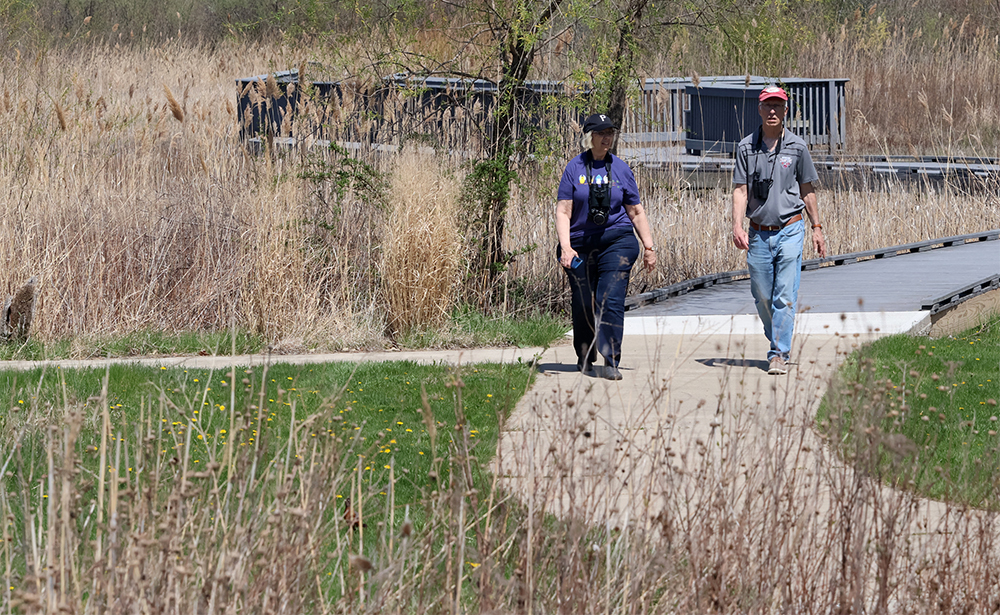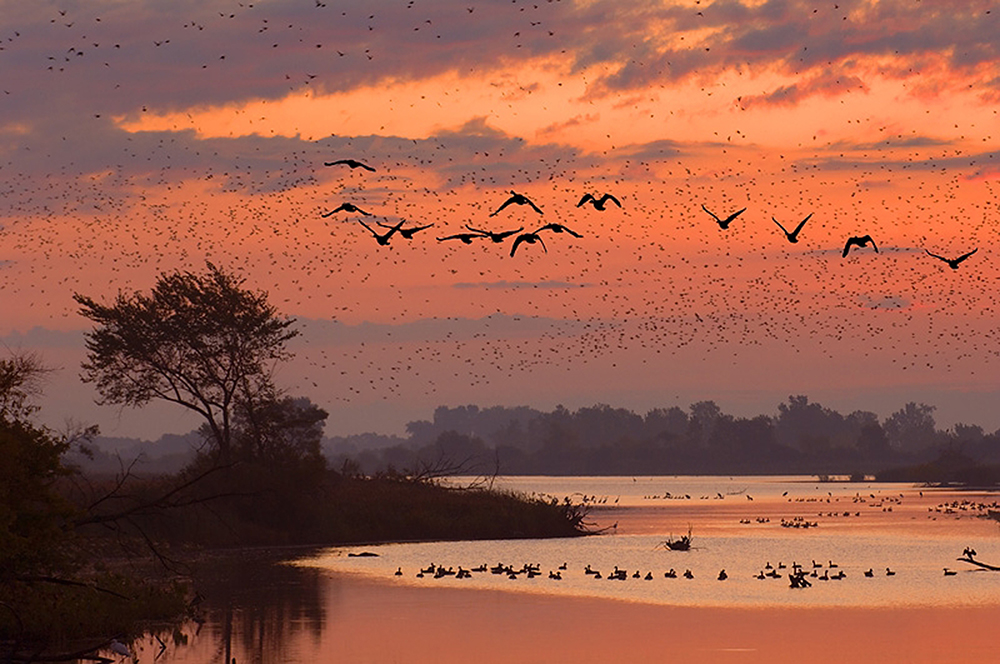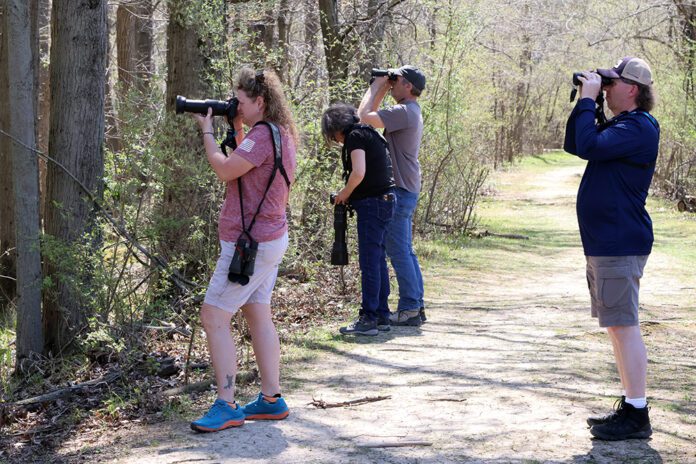OAK HARBOR — Soon the visitor floodgates will open at Ottawa National Wildlife Refuge (ONWR), but traffic was light on the trails around the visitor center on a weekday afternoon in late April.
While it was a bit too early for the big show of migrant songbirds that will peak in early to mid-May, birding enthusiasts were still trickling in, toting binoculars and heavy telephoto lenses. Most of the people the Toledo Free Press spoke with that day had a laser focus on spotting one species: Owls.
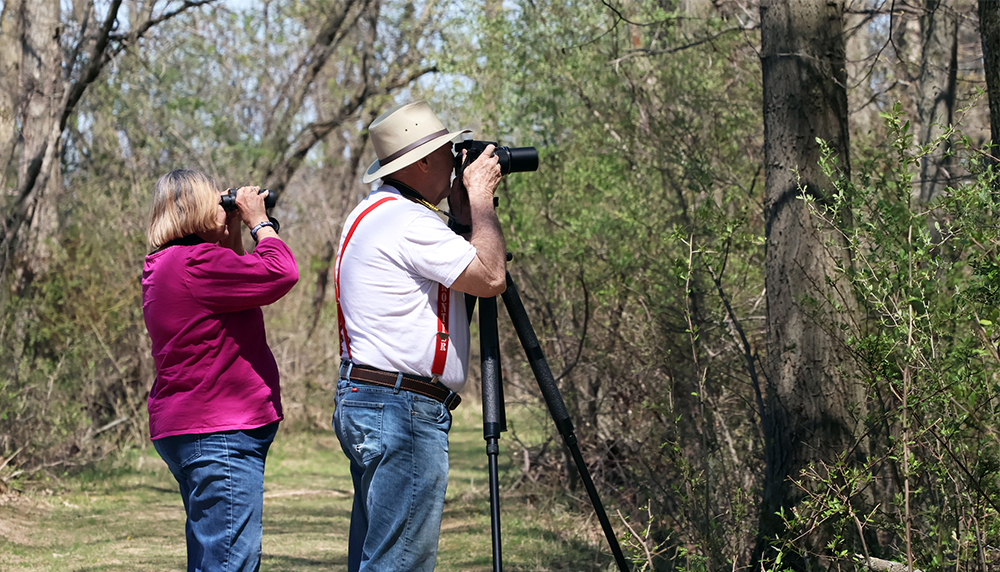
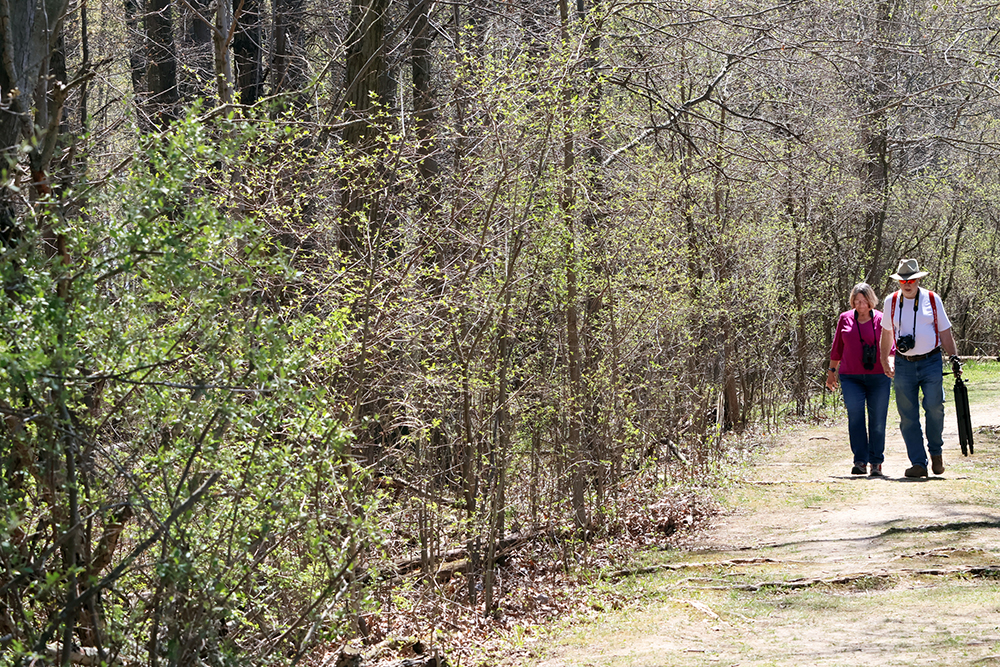
Ken and Bonnie Dickson were among the visitors ambling down a certain trail and halting at just the right spot to peer into the woods. They were rewarded with a glimpse of two white, fluffy Great Horned Owl chicks hunkered down in a nest at the top of a broken tree trunk in the distance. Ken Dickson snapped some photographs while his wife took a closer look through her binoculars.
The couple from Point Place in Toledo visit the refuge four days a week to picnic and hike the trails. “It’s peaceful out here,” said Bonnie Dickson. “We look at the owls.”
Located along the southern shore of Lake Erie between Toledo and Port Clinton, ONWR was established in 1961 and spans 8,488 acres that provide diverse habitat for waterfowl, shorebirds, migrant songbirds and other animals and plants.
ONWR is part of the National Wildlife Refuge System, which includes more than 540 wildlife refuges and more than 3,000 small waterfowl breeding and nesting areas. Overseen by the Department of the Interior’s U.S. Fish and Wildlife Service, the system is the only network of federal land dedicated specifically to wildlife conservation.
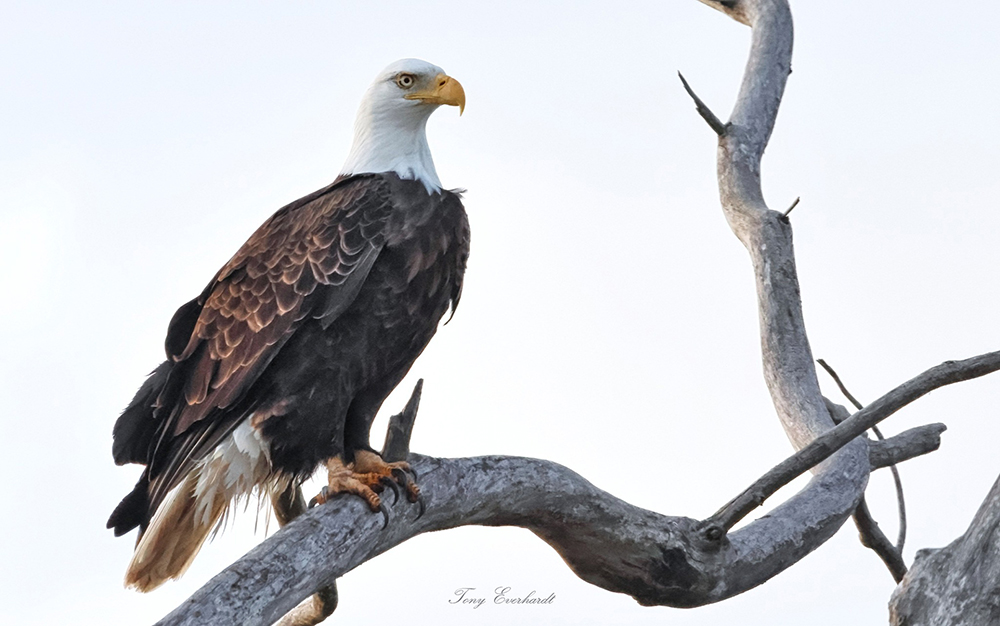
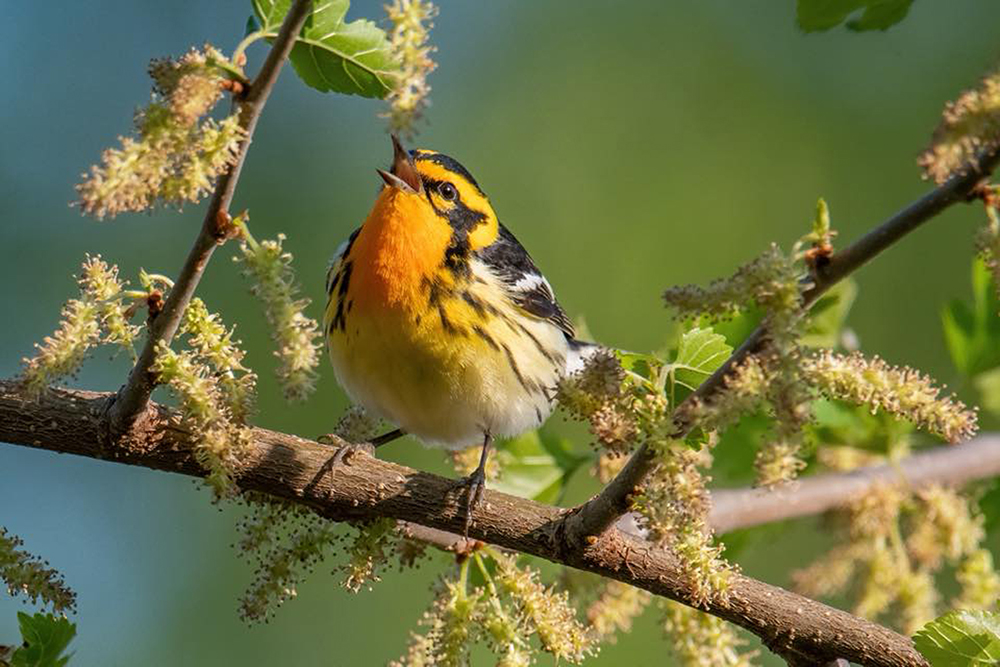
The American bald eagle is one of the system’s most celebrated success stories, and thousands of visitors travel to see these birds thriving in the wild at ONWR each year.
ONWR is also situated in what has been dubbed the “Warbler Capital of the World” because it provides habitat for thousands of tiny migratory songbirds that stop briefly on their way north to rest, feed and put on fat reserves before continuing their journey north across Lake Erie.
Next week, the boardwalks and trails will be jam packed when birders from around the world descend on Northwest Ohio for The Biggest Week in American Birding, a festival that runs May 9-18. Organized and hosted by Black Swamp Bird Observatory, the celebration coincides with the peak of songbird migration. The period between mid-April to the end of May annually brings an estimated 80,000 visitors and in excess of $40 million in tourism dollars to the region.
“The habitat that Ottawa National Wildlife Refuge manages for birds is crucial to potentially global populations of some species,” said Kimberly Kaufman, executive director of BSBO in Oak Harbor. “It’s that important because we are a migration bottleneck for migratory songbirds.”
An urgent appeal for support
While preparing to welcome the surge of visitors that this annual songbird celebration brings, the refuge is grappling with a funding shortfall that threatens daily operations.
In an April 11 letter sent to supporters, Aimee Arent, executive director of Friends of Ottawa National Wildlife Refuge (FONWR), cited “unprecedented funding challenges” and announced an urgent appeal with a goal of raising $30,000 by the end of May.
“Since February, federal budget constraints have severely limited purchasing by federal employees, leaving essential refuge operations at risk,” wrote Arent.
FONWR is a separate nonprofit that supports the ONWR complex with volunteers, fundraising and advocacy. OWNR anchors a complex that includes satellite properties, as well as another 2,675 acres at Cedar Point National Wildlife Refuge and the 82-acre West Sister Island National Wildlife Refuge.
The letter from Arent stated that FONWR has stepped in to fund critical needs not covered in the refuge budget, from basic supplies like soap and toilet paper for the visitor center to tractor tires and batteries needed for maintaining the seven-mile Wildlife Drive and hiking trails.
In a written response to questions from the Toledo Free Press, Arent said that Friends groups traditionally fundraise for enhancements to the wildlife refuges they support, such as new trails, habitat restoration, acquisition projects or educational programs — not core daily operations.
“When I referred to ‘unprecedented funding challenges,’ I was referencing the federal budget constraints that took effect in February, which have severely limited the ability of U.S. Fish and Wildlife Service staff to make even basic purchases necessary for refuge operations,” Arent wrote.
“For context, federal employees are restricted from purchasing routine supplies — things as simple as soap, toilet paper, trail maintenance materials and vehicle parts needed to keep the refuge managed for wildlife and open for public use.”
Arent said in the past, operational funding would have covered essentials, such as office supplies, maintenance materials and equipment parts. These items keep the Wildlife Drive, hiking trails and visitor center functioning for the public. “Now, without intervention from Friends groups, even basic upkeep and visitor services could be interrupted.”
In March, the refuge cut its visitor center hours from five days to four days a week. For the busy migration season, the visitor center will be open every day in May from 9 a.m. to 4 p.m. with the exception of Memorial Day. Arent said it is uncertain what the hours will be beyond May.

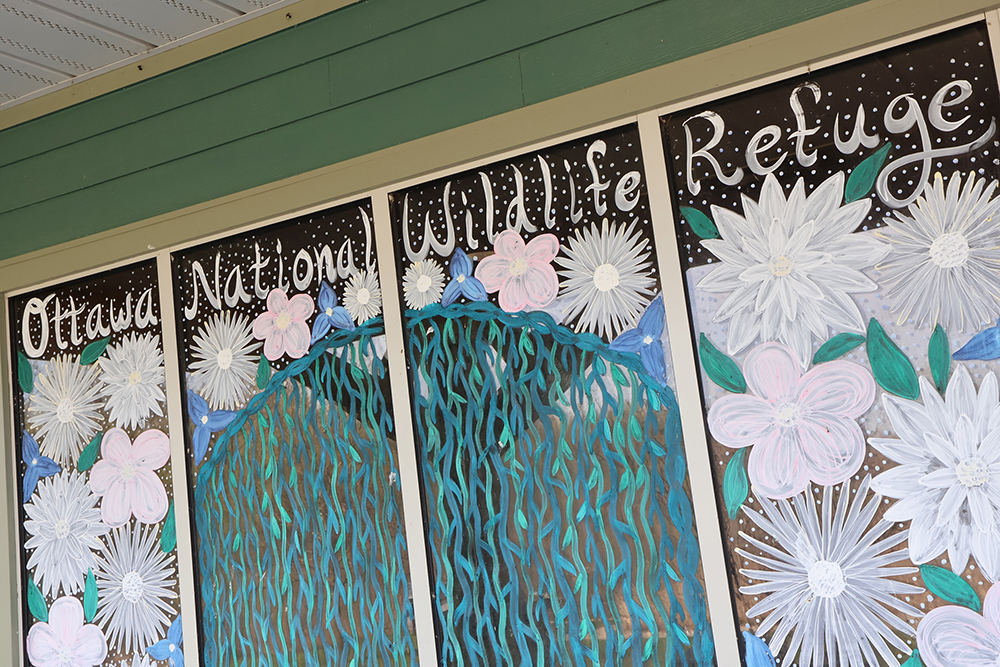

The latest appeal from FONWR comes on the heels of a fundraiser that brought in approximately $50,000 last December for planned conservation efforts for 2025. Without the additional donations, Arent wrote that the refuge may face difficulties maintaining public areas, gaps in invasive species management and interruptions to public programs.
The additional expenses were not anticipated when FONWR set its annual budget, hence the new appeal “to ensure the refuge remains open and protected during this difficult period,” wrote Arent.
Refuge staff were unavailable for comment. A spokesperson for the U.S. Fish and Wildlife Service said national officials were not granting interviews at this time but sent a written statement to Toledo Free Press on April 23.
“As part of the broader efforts led by the Department of the Interior under President Trump’s leadership, we are implementing necessary reforms to ensure fiscal responsibility, operational efficiency, and government accountability,” the statement read. “While we do not comment on personnel matters, the U.S. Fish and Wildlife Service remains committed to fulfilling our mission of conserving fish, wildlife, and natural resources for the American people.”
Invaluable resource for the region
While the BSBO does not receive any federal funding, Kaufman said her organization has partnered with ONWR on nearly every level of their mission for decades. Their office is located at the neighboring Magee Marsh Wildlife Area, and she said the two preserves are marketed as the “epicenter” of the Biggest Week in American Birding.
She said it is disturbing to see the cuts impacting the important work that ONWR does.

“What that refuge supports is almost hard to quantify in terms of research, education, tourism, habitat for wildlife, access for the public,” Kaufman said. “We should feel such a sense of pride that we have this national wildlife refuge in our region, and we should be fighting back and pushing our legislators to continue to support it.”
Kaufman asserted the refuge has already been “woefully understaffed” for years.
According to a 2024 annual report by FONWR, the refuge received approximately $957,436 in Congressional budget allocations in fiscal year 2024. This represents a 4.5 percent decrease in the budget compared to fiscal year 2023.
The report cites an operating budget in 2024 of $228,795 for the refuge, representing a decrease of about 30 percent since 2019. This budget covers maintenance, supplies, fixed expenses, fuel and miscellaneous expenses, such as training and travel.
Salaries are the largest expenditure, utilizing 76 percent of the appropriated funding for the refuge. In 2024, this was based on five full-time employees. Since 2020, the refuge has seen a decrease of three full-time employees.
While Kaufman was not aware of any staff being fired this year, she heard that at least two employees took an early buyout that was offered in February.
Since government funding does not cover all that is necessary to manage the refuge, FONWR fills in the gaps with financial and volunteer support. Last year, the group’s support through all revenue streams totaled $646,441.
According to Arent, the National Wildlife Refuge System has seen a 30 percent reduction in its workforce over the past 30 years. The effects of that staffing shortage are felt across the 11,245 acres of wetlands, grasslands and forests the ONWR Complex manages.
“None of this happens without the habitat,” Arent wrote in her email. “Adequate staffing levels are essential to maintaining the delicate balance of these ecosystems and the conservation successes we’ve worked so hard to achieve.”
Protecting crucial habitat
ONWR welcomes more than 400,000 visitors annually and provides habitat for more than 300 species of birds. Its wetlands also play a key role in protecting Lake Erie by filtering pollutants, supporting the fishing industry, and helping defend shorelines against erosion and flooding, Arent noted.
Kaufman said these habitats along the lakeshore are crucial for the survival of migratory birds, which have seen declining populations for years. “You could be talking about impacting the entire population of a few species if it’s not continuing to be managed properly,” said Kaufman.
Despite the challenges facing the refuge, Arent said staff, volunteers and the FONWR are working hard to be ready to welcome visitors for the Biggest Week in American Birding.
“We are doing everything we can to ensure the refuge remains safe, accessible, and welcoming for all,” she wrote. “This is a truly special time when people from around the globe come together to celebrate the beauty of nature — and it’s a powerful reminder of why protecting our public lands is so important.”
Kaufman invited residents of the region who have never visited to come out during spring migration to discover “this incredible resource that’s right in your own backyard.”
